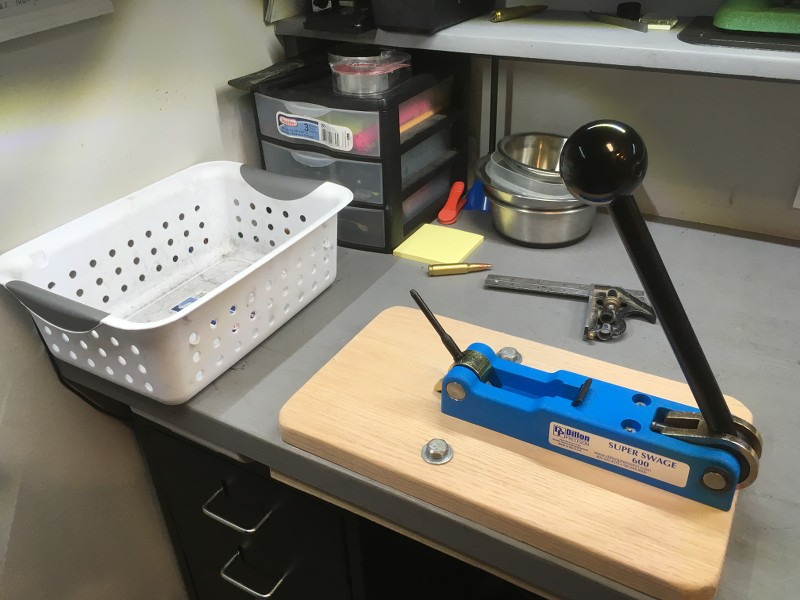As the title states , I finally kicked it up a notch . Been cutting my primer pocket crimps out for years and it has worked fine but have been wanting the Dillon swager since I started prepping LC brass . I have 1300 pieces that need swaging and thought what the hell they should be a great test for the new swager .
I have the RCBS press mounted swager and always hated that thing . It's so slow and didn't always swage enough , well I didn't use it properly is more likely . The only thing I use it for now is primer pocket gauges . After I cut the crimp out I can use the swager piece of the RCBS tool to slide into the primer pocket . If it slides in and out with no binding I'm cutting enough out . I cut out 1k cases one time and about 20% of them were slightly under cut and that made for some hard priming for about 20% of the time
Anyways are there any cons like that with the RCBS ? I don't want to swage a few cases , think I got it down only to find out 50% did not get swaged enough . It should be delivered in the next couple days .
Any tips or trick you guys have would be great thanks
MG
I have the RCBS press mounted swager and always hated that thing . It's so slow and didn't always swage enough , well I didn't use it properly is more likely . The only thing I use it for now is primer pocket gauges . After I cut the crimp out I can use the swager piece of the RCBS tool to slide into the primer pocket . If it slides in and out with no binding I'm cutting enough out . I cut out 1k cases one time and about 20% of them were slightly under cut and that made for some hard priming for about 20% of the time
Anyways are there any cons like that with the RCBS ? I don't want to swage a few cases , think I got it down only to find out 50% did not get swaged enough . It should be delivered in the next couple days .
Any tips or trick you guys have would be great thanks
MG
Last edited:


